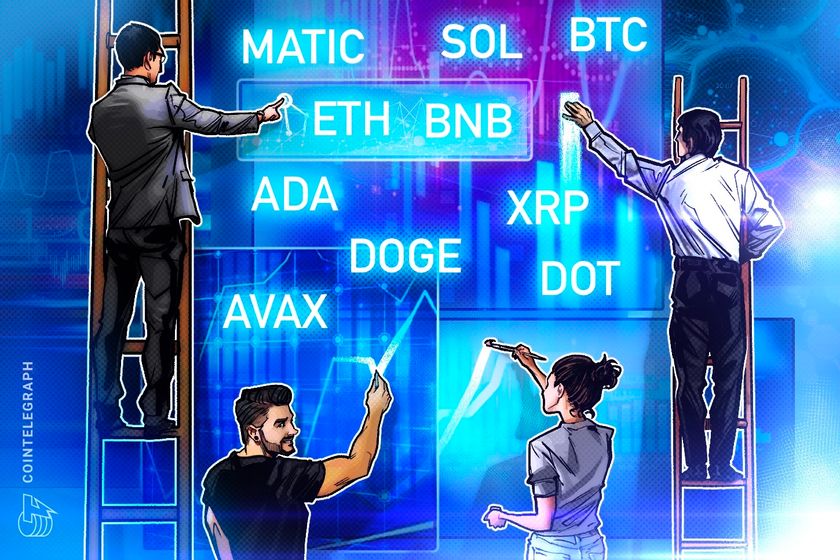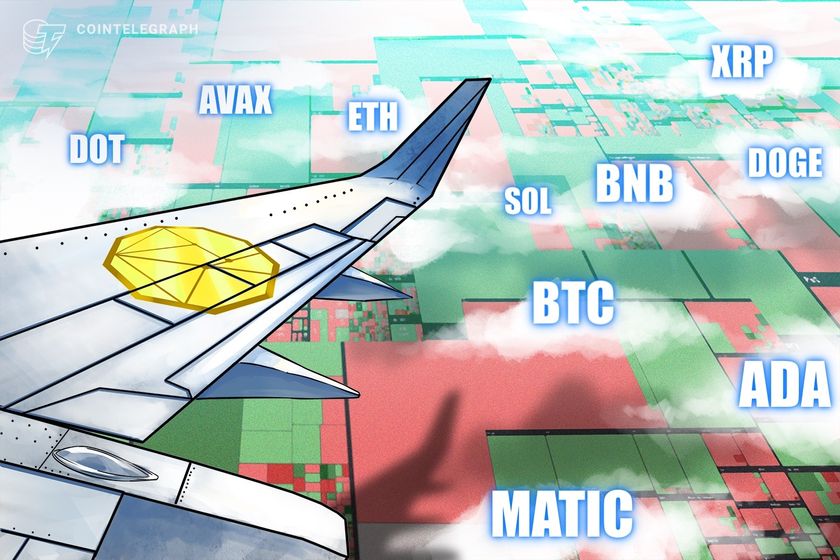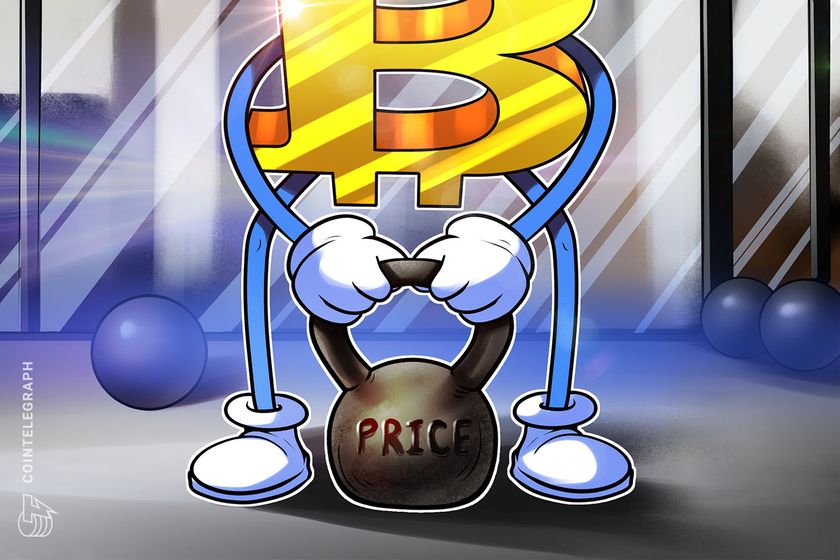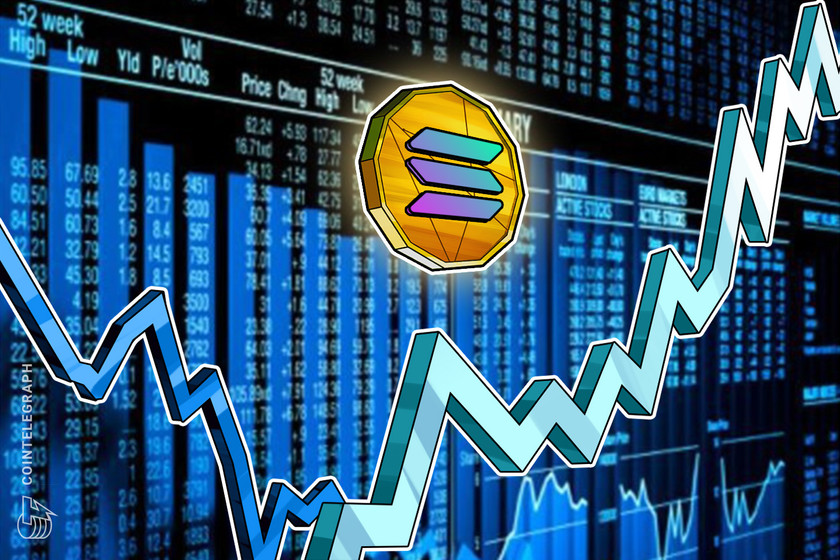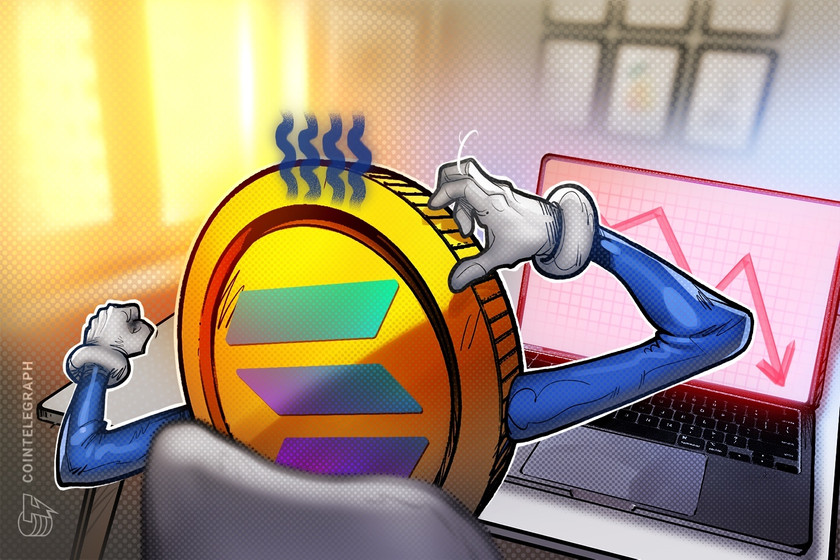Price analysis 12/15: BTC, ETH, BNB, XRP, SOL, ADA, DOGE, AVAX, DOT, MATIC


Bitcoin and select altcoins are witnessing profit-booking on rallies, increasing the likelihood of a short-term pullback.
Bitcoin’s (BTC) rally has been taking a breather for the past few days but its strong rally in 2023 has not gone unnoticed. A survey of United States financial services companies by crypto firm Paxos showed that 99% of the firms were putting as much or more focus on crypto projects this year as compared to previous years.
Analysts are increasingly bullish on Bitcoin and the crypto space in 2024. Bitwise senior research analyst Ryan Rasmussen made ten predictions for the crypto industry in 2024 in an X (formerly Twitter) post on Dec. 13. He believes Bitcoin will soar to $80,000 in 2024 and “more money will settle using stablecoins than using Visa.”
Along with crypto-specific issues, expectations of rate cuts by the Federal Reserve in 2024 are adding to the bullish sentiment. Arthur Hayes, the former CEO of crypto exchange BitMEX, reiterated his bullish view on crypto in an X post on Dec. 14. He said that the fiat was “a filthy piece of trash” and there was no reason not to be long crypto.

